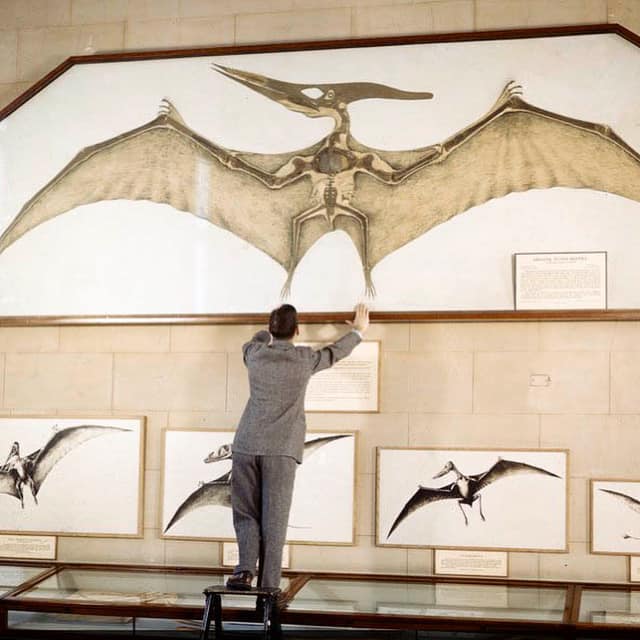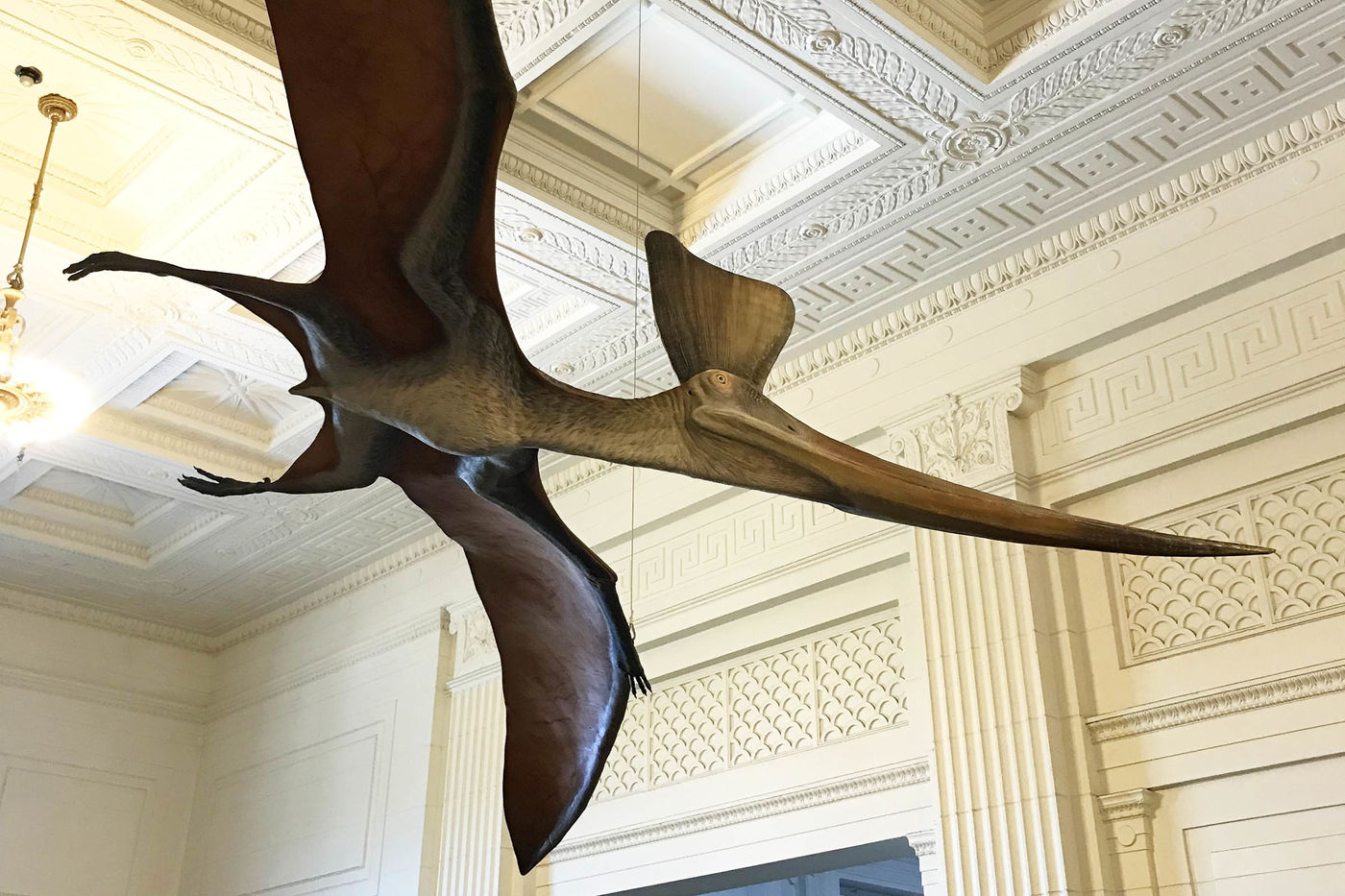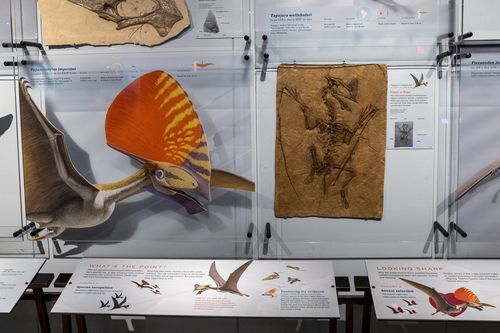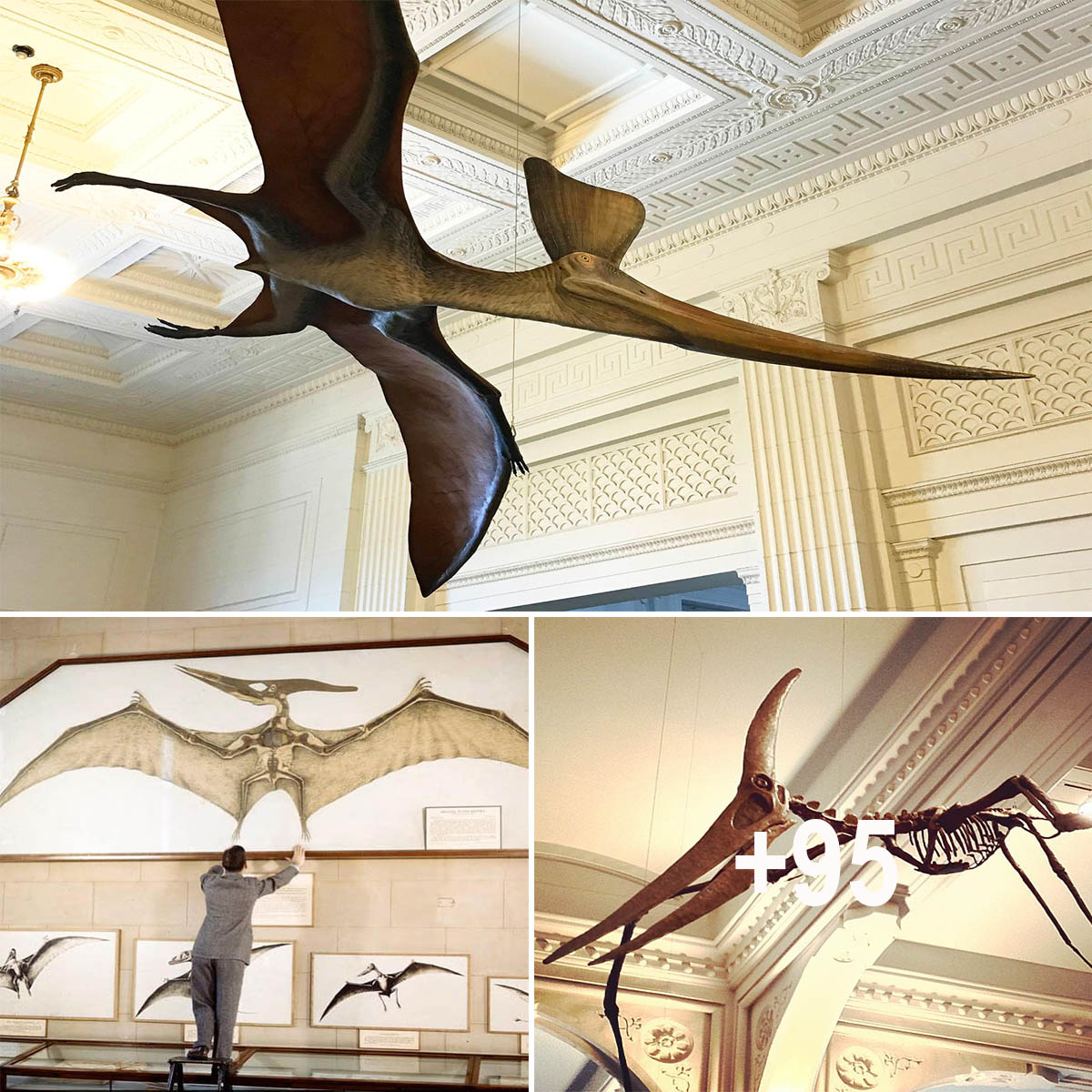The Flying Reptiles of the Mesozoic Era
Pterosaurs, also known as pterodactyls, were a group of extinct reptiles that lived during the Mesozoic Era, between 228 and 66 million years ago. They were the first vertebrates known to have evolved the ability to fly, and they were incredibly successful, with a range of body sizes, wing shapes, and ecological niches.Pterosaur fossils have been found all over the world, from the deserts of North Africa to the icy tundras of Antarctica. They ranged in size from tiny creatures with wingspans of just a few inches to giants like Quetzalcoatlus, which had a wingspan of up to 33 feet (10 meters).
Pterosaurs had several adaptations that allowed them to fly. They had a lightweight, hollow bone structure, and their wings were made up of a membrane of skin that stretched from their elongated fourth finger to their ankle. This membrane was supported by a system of fibers and stiffening struts, called pteroid bones, which allowed the wing to maintain its shape during flight.
Pterosaurs also had a unique bone structure in their hips that allowed them to walk on all fours or stand up on their hind legs, depending on their needs. They had long, pointed beaks with sharp teeth for capturing prey, and some species had crests or other ornamental features on their heads, possibly for display or species recognition.
Pterosaurs evolved from reptiles that lived on the ground and in trees during the Late Triassic Period, around 230 million years ago. The first known pterosaur fossil, called Eudimorphodon, was discovered in Italy in 1973. It was about the size of a modern-day pigeon and had a wingspan of around 4 feet (1.2 meters).
Over time, pterosaurs evolved into a wide variety of shapes and sizes, with different adaptations for feeding, flying, and living in different environments. Some species, like the fish-eating Pterodaustro, had long, narrow beaks with comb-like structures that they used to filter food from the water. Others, like the toothless Pteranodon, had long, pointed beaks that they used to catch fish in the air.
The largest pterosaurs, like Quetzalcoatlus, were probably apex predators that fed on smaller dinosaurs and other animals. These giant pterosaurs had long, slender necks and powerful wings that allowed them to soar through the air with ease.
Pterosaurs lived alongside dinosaurs and other reptiles during the Mesozoic Era. However, they went extinct at the end of the Cretaceous Period, around 66 million years ago, along with the non-avian dinosaurs. The exact cause of their extinction is still debated by scientists, but it may have been due to a combination of climate change, asteroid impacts, and competition from other animals.
Today, pterosaurs are known only from their fossil remains. These fossils provide important clues about their anatomy, behavior, and ecology, and they continue to fascinate scientists and the public alike. With new discoveries and advances in technology, we may continue to learn more about these amazing creatures that once ruled the skies.
Hits: 0






